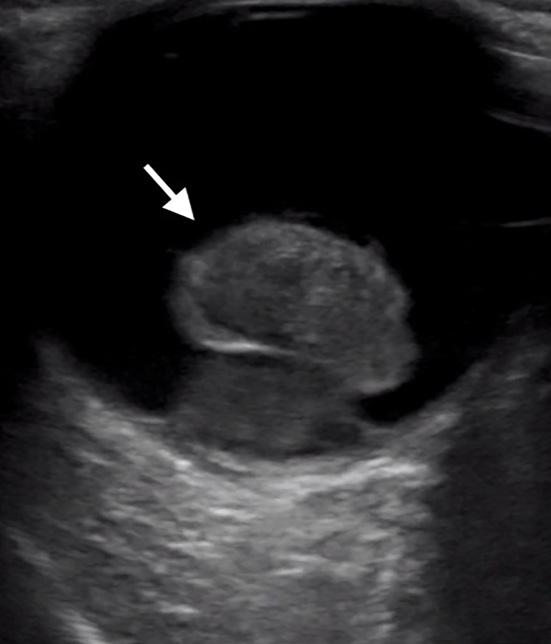Case Report
Case Report: An Intracranial Complication of COVID-19 Nasopharyngeal Swab Alexandria Holmes, MD Bryant Allen, MD
Carolinas Medical Center, Department of Emergency Medicine, Charlotte, North Carolina
Section Editor: Scott Goldstein, MD Submission history: Submitted February 22, 2021; Revision received May 25, 2021; Accepted May 11, 2021 Electronically published August 4, 2021 Full text available through open access at http://escholarship.org/uc/uciem_cpcem DOI: 10.5811/cpcem.2021.5.52232
Introduction: Cerebrospinal fluid (CSF) leaks are often the result of trauma or recent surgical procedures; however, a subset can develop from non-traumatic etiologies. Cerebrospinal fluid leaks from congenital and spontaneous encephaloceles can be clinically occult and have devastating consequences if undetected for prolonged periods of time. This report highlights a unique case of meningitis after CSF leak caused by ruptured congenital meningocele during a routine nasopharyngeal swab. Case Report: A 54-year-old female with diagnosed CSF leak presented to the emergency department (ED) with acute onset of severe headache, and neck and back pain. Prior to this presentation, the patient had experienced two months of persistent headache and rhinorrhea since her coronavirus disease 2019 (COVID-19) nasopharyngeal swab. As part of her outpatient workup, an otolaryngology consultation with subsequent beta-2 transferrin testing and magnetic resonance imaging was performed and she was diagnosed with a CSF leak from ruptured congenital meningocele. On ED presentation, she was afebrile, but with mild tachycardia, leukocytosis, and meningismus. Lumbar puncture revealed acute streptococcal meningitis. This patient’s meningitis developed due to prolonged occult CSF leak after her COVID-19 nasopharyngeal swab ruptured a pre-existing congenital meningocele. Conclusion: Nasopharyngeal swabs are being performed much more frequently due to the COVID-19 pandemic. All front-line providers should be aware of the potential presence and rupture of congenital meningoceles in patients who have undergone recent nasopharyngeal swab when riskstratifying for potential CSF leak and meningitis. [Clin Pract Cases Emerg Med. 345;5(3):341–344.] Keywords: nasopharyngeal swab; meningitis; cerebrospinal fluid leak; meningocele; encephalocele.
INTRODUCTION Cerebrospinal fluid leaks (CSF-L) are rare but can occur in patients of all ages with potentially devastating consequences if not diagnosed and treated expeditiously. Most notably, the abnormal communication between the subarachnoid space and the extracranial space poses significant risk for meningitis. Meningitis, which often occurs within a year from onset of the leak, has been found to complicate almost 20% of patients with persistent leak with 10% mortality.1 Most CSF-Ls encountered in the emergency department (ED) are in the setting of trauma or recent surgical
Volume V, no. 3: August 2021
procedures; however, it is important to recognize that leaks can also occur secondary to nontraumatic causes, including radiation, tumors, infections, or from either congenital or spontaneous encephaloceles.2 Basal encephaloceles are lesions consisting of herniation of intracranial contents – meninges alone (meningoceles); brain tissue (meningoencephalocele); or a ventricle (hydroencephalomeningocele) – through a defect in the skull base. Congenital basal encephaloceles have an incidence of 1 in 35,000 live births (higher in Southeast Asia), but can also occur spontaneously.3 Encephaloceles almost invariably
341
Clinical Practice and Cases in Emergency Medicine



















